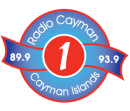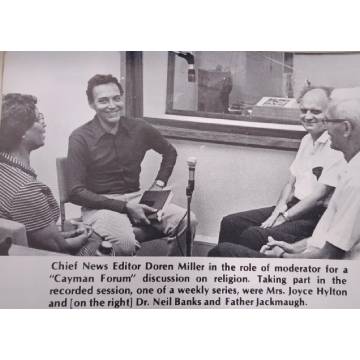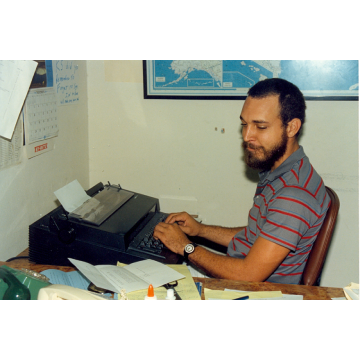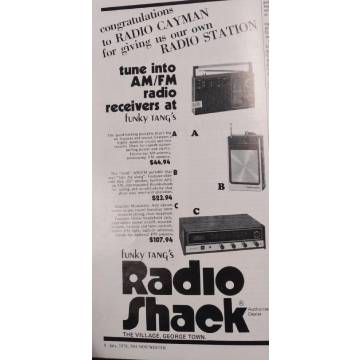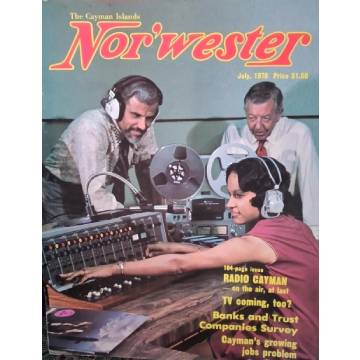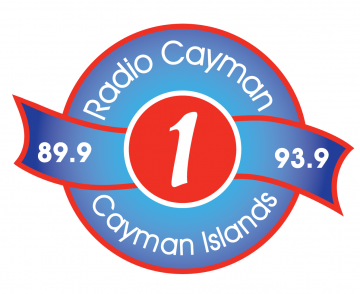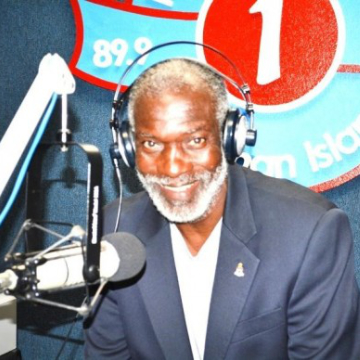News
Halfway Through Expedition Hope: Do Offshore Seamounts Mean Good News for Cayman’s Coral Reefs?
As we near the half-way point of the Central Caribbean Marine Institute’s (CCMI) Expedition Hope to characterise the biodiversity of two offshore seamounts in the Cayman Islands, CCMI would like to reflect on the exciting exploration and substantial achievements made through the project so far.
Funded by the UK Government’s Darwin Plus Programme, CCMI and project partners, the Cayman Islands Department of Environment, Guy Harvey Ocean Foundation, and Smithsonian Tropical Research Institute, have collected a wide range of data to describe the benthos and biodiversity of the previously unexplored seamount, 12-Mile Bank. This valuable information will support improved management of ecologically significant and poorly understood seamount habitats in Cayman, providing evidence into the Cayman Islands Government Biodiversity Action Plan.
In August 2023, 12 miles west of Grand Cayman at 12-Mile Bank, CCMI’s technical scientific divers, in collaboration with the University of Delaware, Harbour Branch Oceanographic Institute, and the Smithsonian Tropical Research Institute, explored uncharted waters and documented the biodiversity on the seamount up to depths of 50 meters.
During the research expedition, the team completed twice the initial number of proposed fish surveys and 20% more benthic photo-mosaics, in addition to collecting samples for eDNA and genetic connectivity assessments and producing a bathymetric map of 12-Mile Bank.
CCMI have also produced a three-part docuseries, Expedition Hope, that follows the team’s journey to explore and document these never-before-seen reefs, including the challenges they encountered and the hope these ecosystems may provide for coral reefs. This gripping tale of female-led ocean exploration premieres on CCMI’s YouTube channel at 12pm on Friday 15th December.
Part 1: https://youtu.be/aIxIgvvVr4E
Part 2: https://youtu.be/NjAFh9-mhpU
Part 3: https://youtu.be/mssrMIpFWqc
As shown in the Expedition Hope series, there is a reason these seamounts remain largely unexplored, as weather conditions are rarely conducive with research expeditions. The initial efforts to reach the second seamount, Pickle Bank, were curtailed by bad weather, but the team will not be deterred that easily. In spring/summer 2024, CCMI’s researchers and project partners will focus their efforts on characterising Pickle Bank, a seamount 45-miles offshore, north of Little Cayman.
Both Pickle Bank and 12-Mile Bank are classified as Vulnerable Marine Ecosystems under international criteria and are thought to be home to rich biodiversity with fewer impacts from human activity due to the remote location. The first expedition indicated that 12-Mile Bank seamount harbours productive environments with high levels of coral on the south, and larger numbers and sizes of fish on the north side.
Dr Gretchen Goodbody-Gringley, CCMI’s expedition leader, said:
‘With this docuseries, we’re not only showing you what we did to document the fish, coral and biodiversity that live on the seamounts, but you get a deep glimpse into the operations that go into expeditions like this. It’s not easy to go offshore and dive to 50 meters, and sometimes things don’t go as you expect. CCMI is thrilled to show viewers behind the scenes and how science happens in this exciting expedition to 12-Mile Bank.’
CCMI’s data analysis will provide even more insight into the details of these cryptic habitats, including estimates of biodiversity at the population scale using eDNA, and environmental information on the driving forces that influence the marine habitats and organisms.
This collaborative effort across international research and conservation organisations will produce open access data for future conservation action and data-driven decision-making and management of these seamounts.
Once these valuable ecosystems are more understood as a result of this project, they can be better protected and conserved to ensure their health for future generations. The data from this project will be incorporated into a new section of the Cayman Islands’ Government Biodiversity Action Plan and will be used to underpin discussions for future marine spatial planning legislation.
These unexplored and poorly understood seamount ecosystems could provide a glimmer of hope for the future of Cayman’s coral reefs, potentially providing refuge, larvae sources and resilience from the impacts of climate change. As such, it is essential that they are understood in order to be protected.
With Pickle Bank even further away from land and human impacts, CCMI are excited to explore this unknown ecosystem in spring 2024 and share the findings of these unique and unrevealed habitats with both local and international communities and scientists.
If you want to find out more about CCMI’s seamount exploration project, visit CCMI’s wepage: https://reefresearch.org/what-we-do/research/resilience/#1694527144024-72d9e99a-3de7
